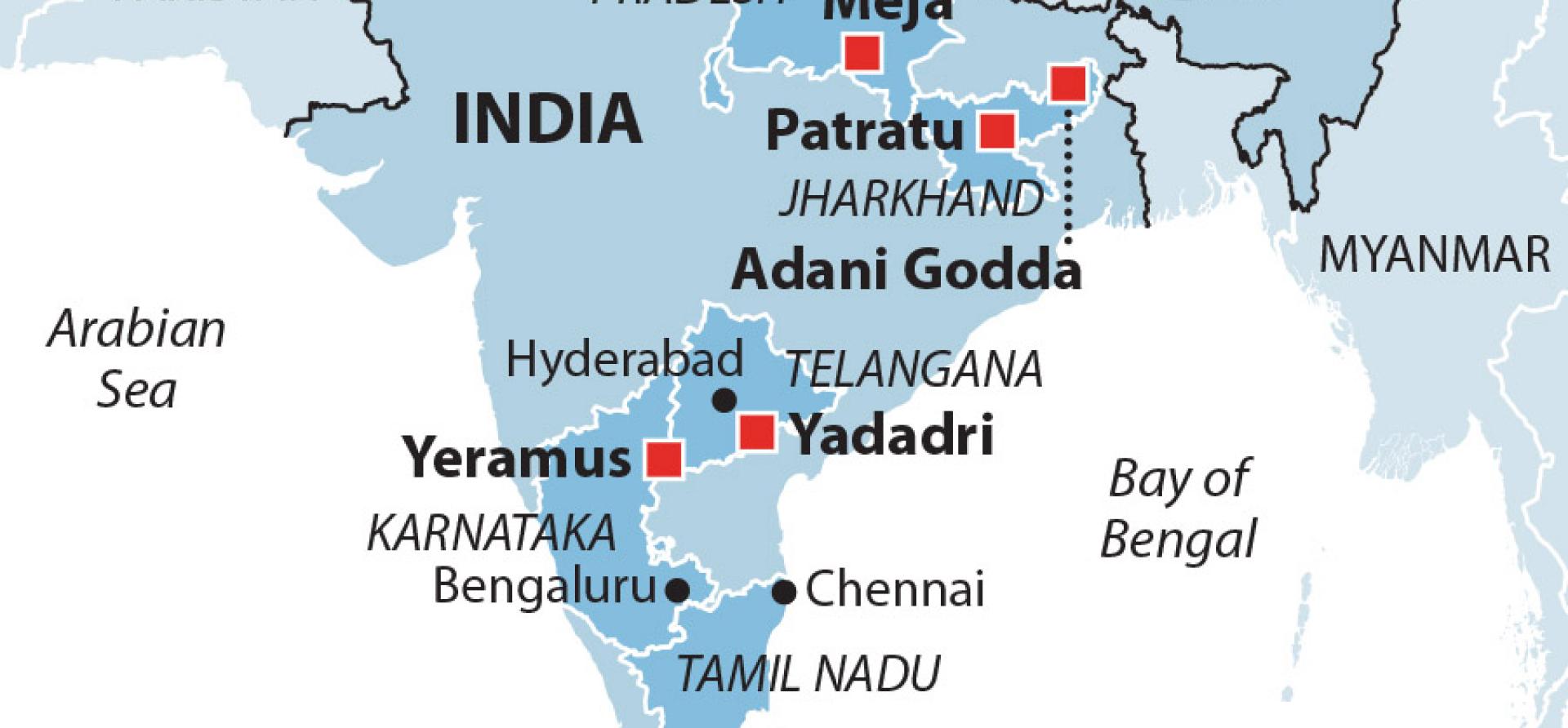IEEFA report: Is India’s PFC financing a herd of white elephants?

7 May 2020 (IEEFA India) — Power Finance Corporation (PFC) and Rural Electric Corporation Ltd (REC), big state-owned institutions charged with financing a large part of India’s growing need for electricity generation, may instead be funding a herd of white elephants — obsolete and economically unviable coal-fired power plants that could soon become stranded assets.
That is the finding of a new report — India’s Power Finance Corporation continues to fund non-performing coal assets — from the Institute for Energy Economics and Financial Analysis (IEEFA).
Report author energy finance analyst Kashish Shah says when India’s government-owned PFC acquired the REC, it formed the country’s largest non-banking finance company, and a critically important lender for India’s power sector, with a total asset book approaching US$100bn as of last December.
PFC and REC have lent extensively to coal-fired power projects, with Rs343,746 crore (US$49bn), or 54% of their total loan book, exposed to thermal power.
This lending has in turn accumulated an extensive list of non-performing assets on their balance sheets, amounting to roughly Rs47,454 crore (US$6.8bn) as of December 2019.
“But IEEFA views the extent of their stranded asset risk significantly higher than this as India’s thermal power generation sector continues to trouble the country’s banks, accounting for US$40-60bn in stranded assets,” says Shah.
“And with India’s thermal power generation sector under severe stress from carrying those US$40-60bn of non-performing assets, financing from private banking institutions to the sector has dried up.”
Transcripts from PFC investor meetings from FY2017/18 reveal PFC has provided refinancing loans to NTPC’s Meja plant (1,320 MW) of Rs3,700 crore (US$500m) and Raichur Yermarus Power project (1600MW) of Rs1,700 crore (US$260m) (a project of Karnataka Power Corporation Ltd (KPCL) and BHEL.
 “IEEFA views PFC’s lending to new existing or new thermal power developments as extremely risky in light of the expected tariffs on these projects being 60-70% above the prevailing renewable energy tariffs of Rs2.50-2.80/kWh,” says Shah.
“IEEFA views PFC’s lending to new existing or new thermal power developments as extremely risky in light of the expected tariffs on these projects being 60-70% above the prevailing renewable energy tariffs of Rs2.50-2.80/kWh,” says Shah.
Four new projects with total capacity of 8.8GW began construction in India in 2019, and all have received funding from PFC and REC.
“IEEFA questions how PFC can expect to get a viable total project return over the 40-year life of thermal power plants given the uncompetitive tariffs these projects require, particularly in light of rising financial distress at distribution companies (discoms) which are demanding an ever-lower cost of procuring new power generation,” says Shah.
The report further sheds light on PFC’s asset impairment costs and provisioning cover for its non-performing assets.
PFC and REC both have materially increased their lending to the renewable energy sector, in line with the government’s long-term power sector objectives. However, in FY2018/19, PFC lent US$1.2bn to renewable energy projects — only capturing less than one-tenth of the market for renewable lending.
“Given that poor market share and the speed of the global energy transition, we recommend that PFC should strategically pivot to lend more to support renewable capacity growth,” says Shah.
Full report: India’s Power Finance Corporation continues to fund non-performing coal assets
Media Contact: Kate Finlayson [email protected] (+61) 418 254 237
Author Contact: Kashish Shah ([email protected]) and Tim Buckley ([email protected])
About IEEFA: The Institute for Energy Economics and Financial Analysis (IEEFA) examines issues related to energy markets, trends and policies. The Institute’s mission is to accelerate the transition to a diverse, sustainable and profitable energy economy.
















